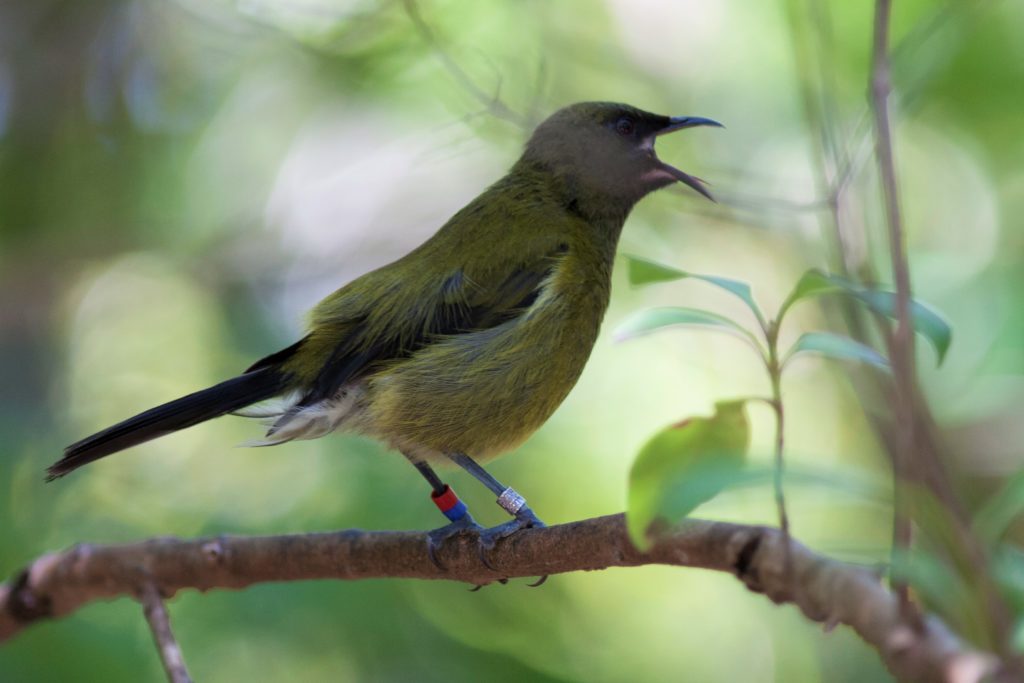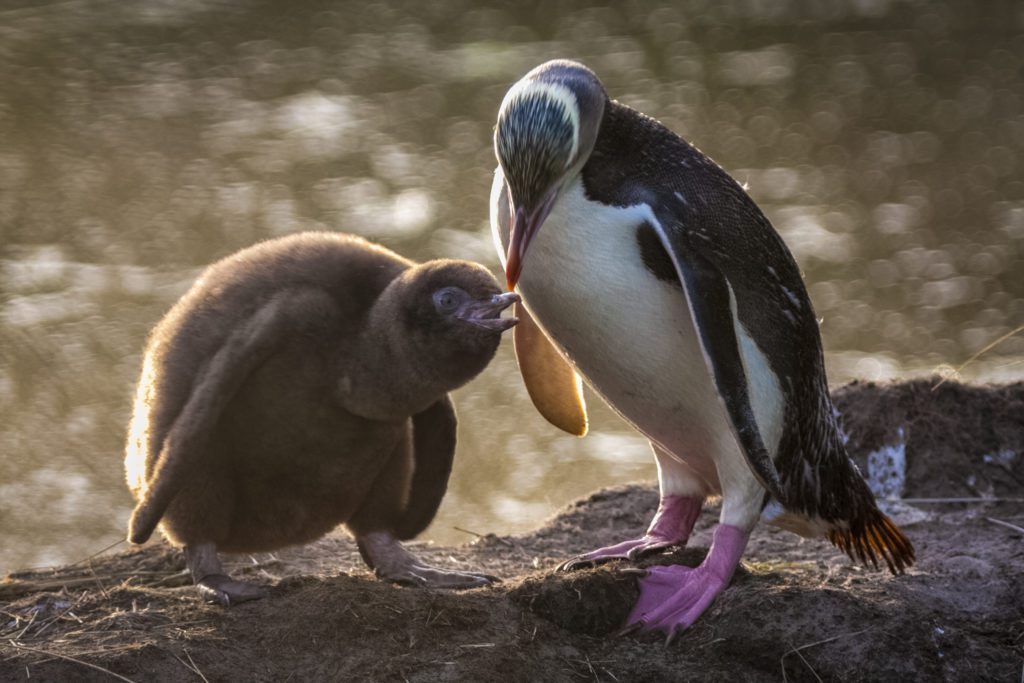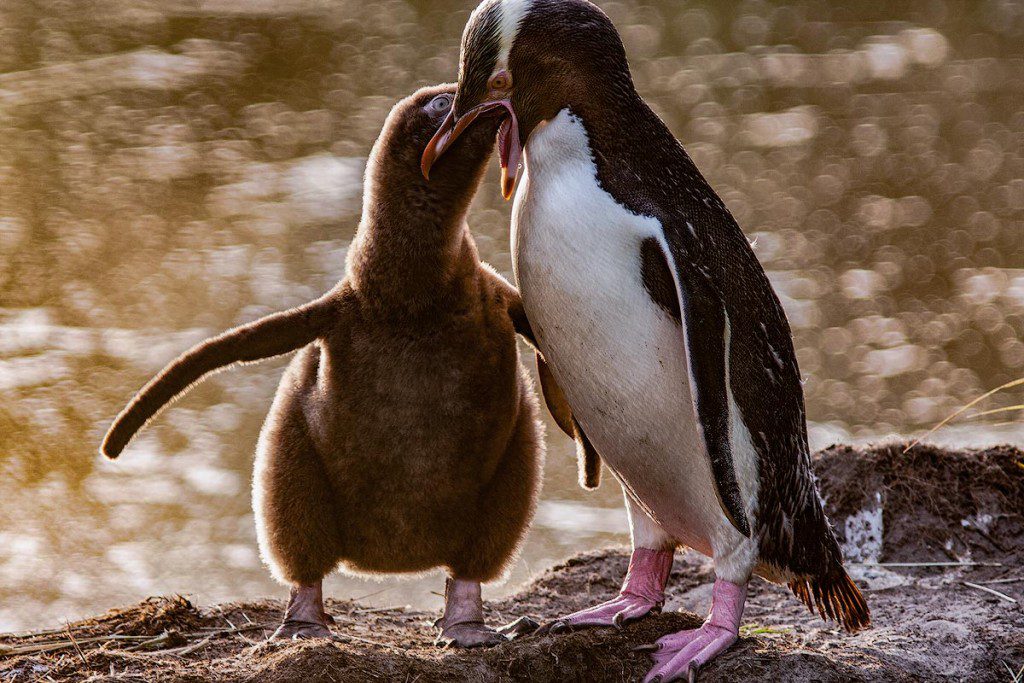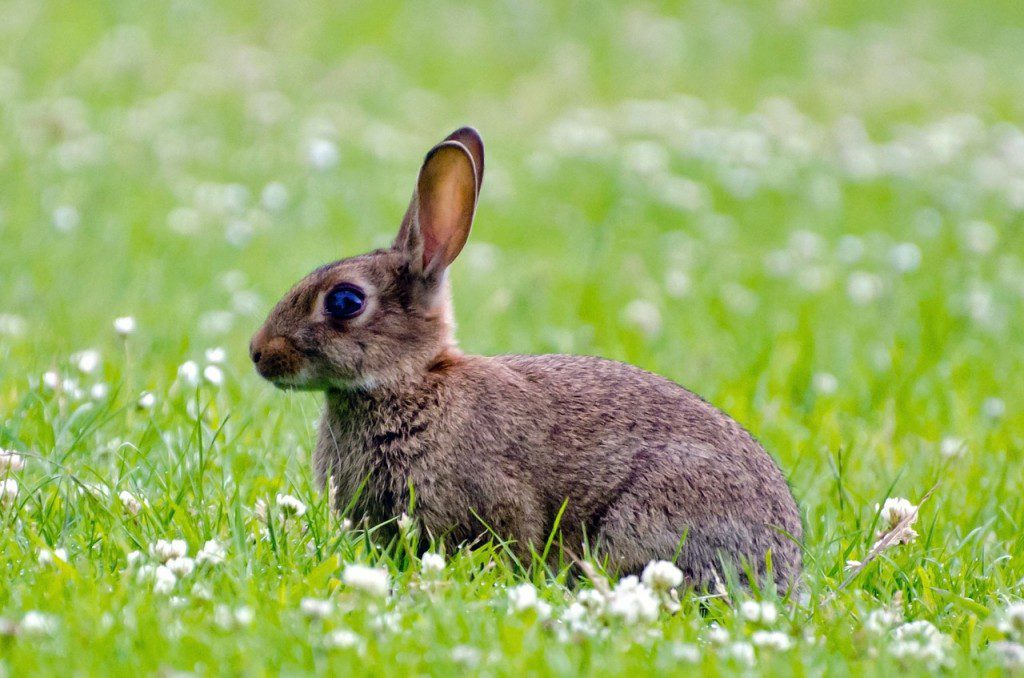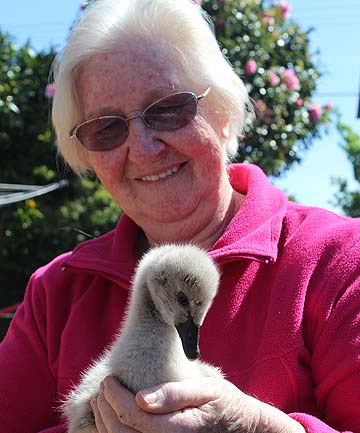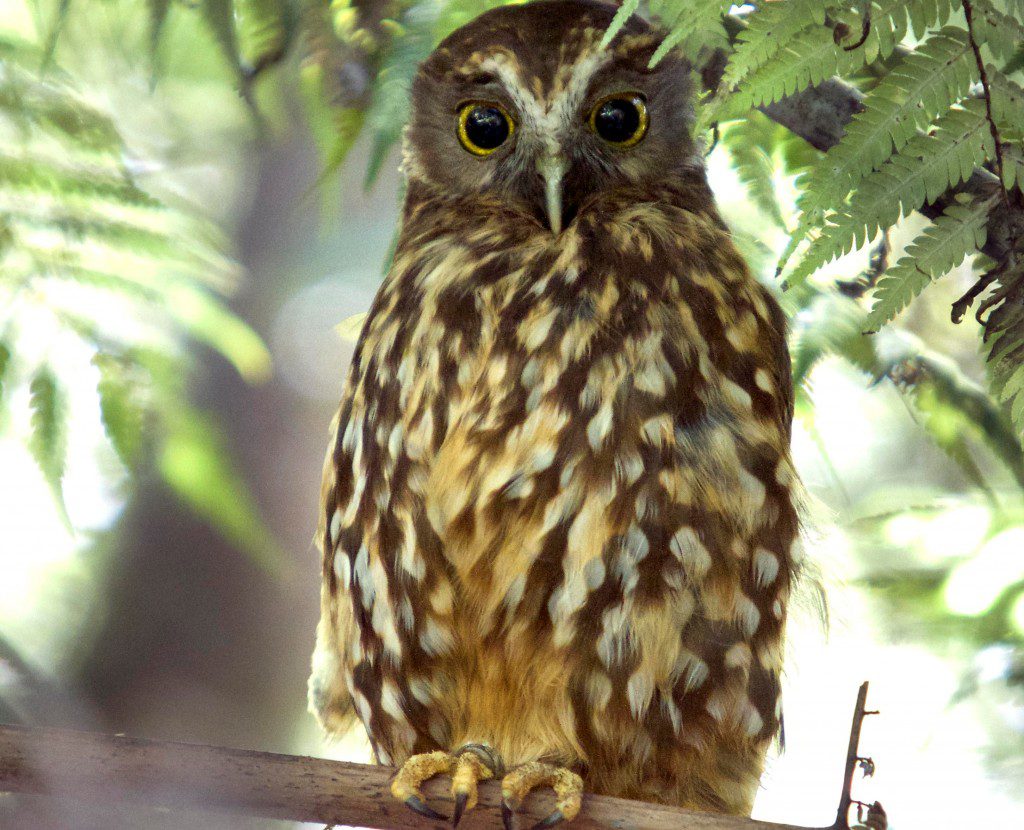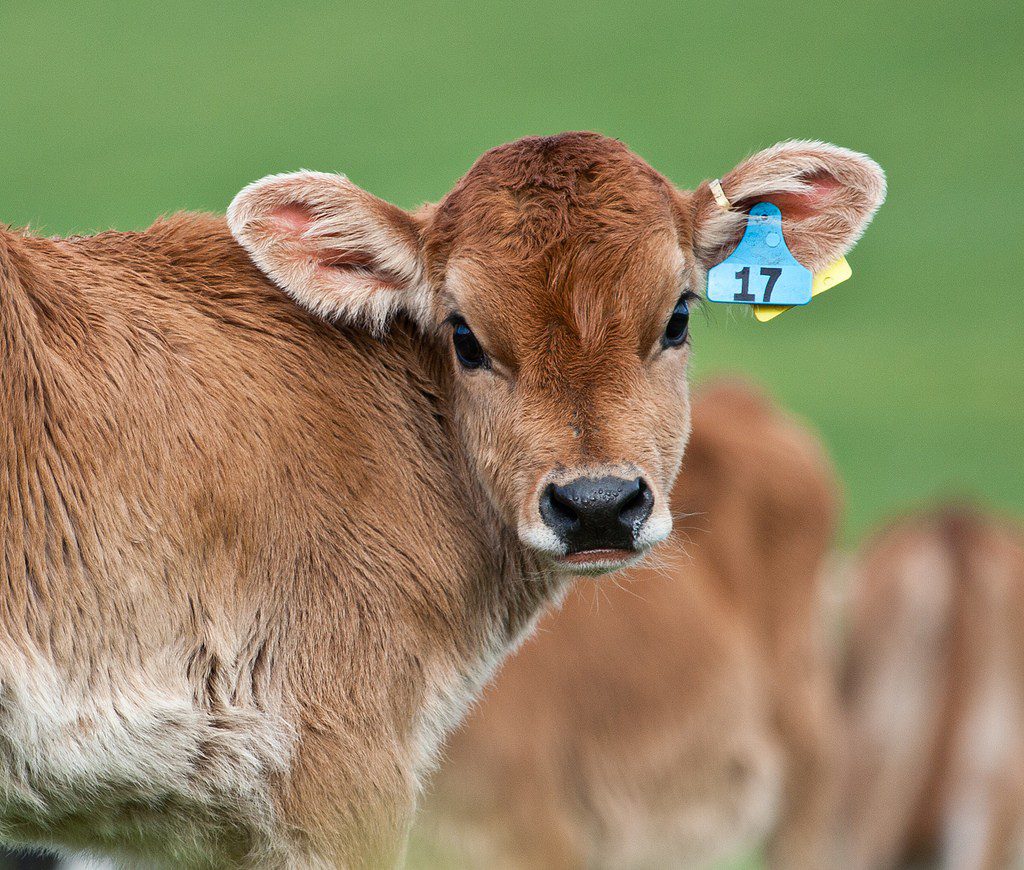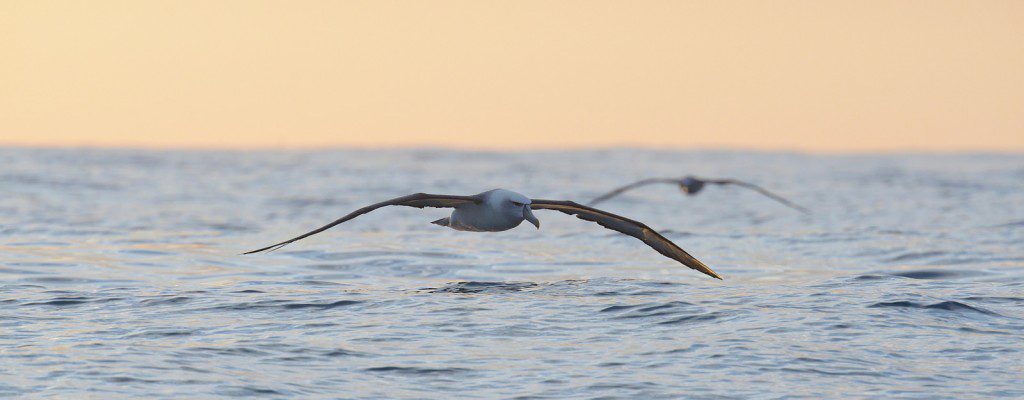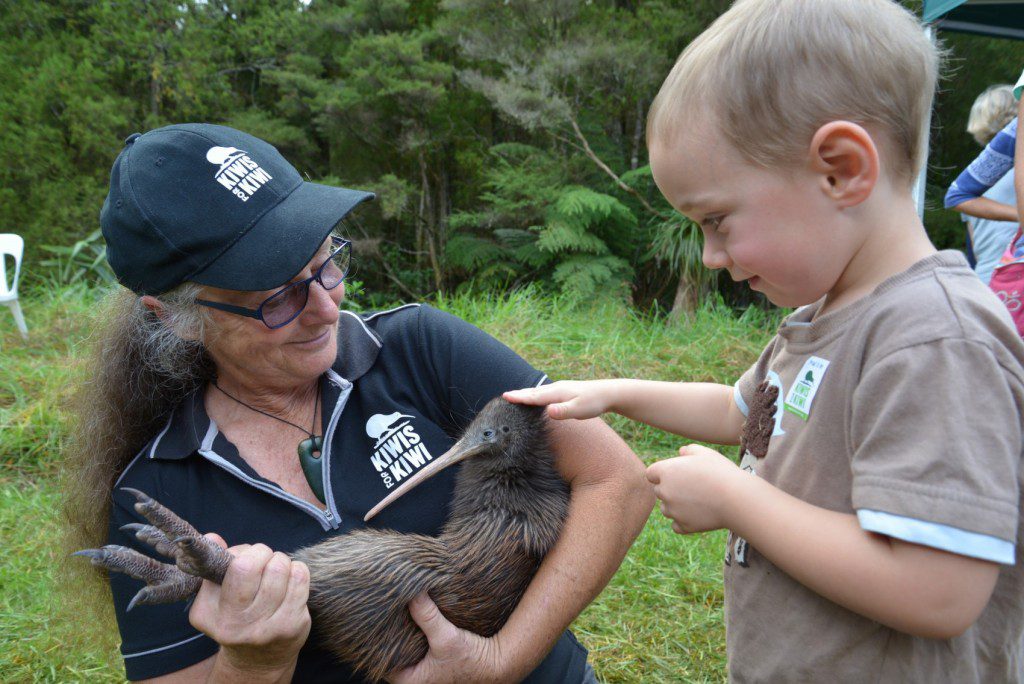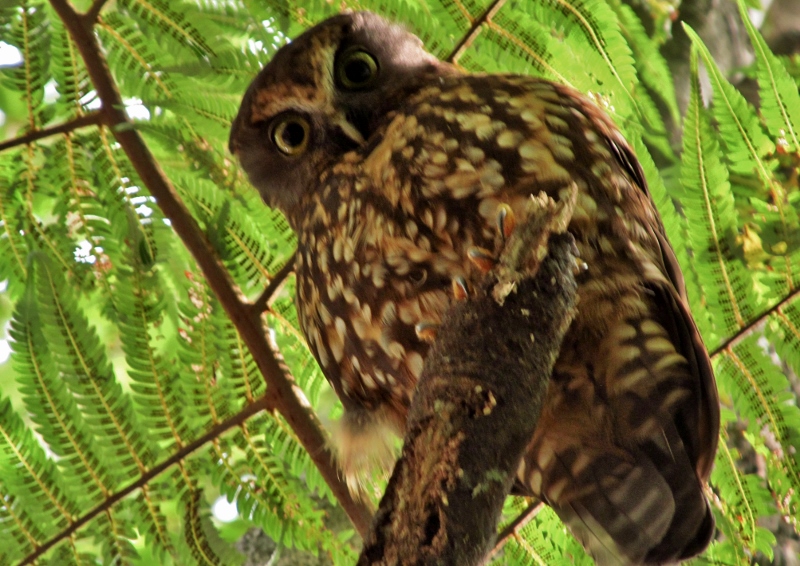Humans have a complex relationship with animals, ranking them in a hierarchy of utilisation and affection according to human cultures and values. While some animals are saved, others are slaughtered.
Depending on where you live in the world, elephants, rhinos and lions might be seen as endangered species to be protected or they might be used for pseudo-medicine, trinkets and trophies. Cats are beloved pets for some but for others, they are bird killers or meat. It can be difficult to balance cultural differences, species conservation status and ethics to find the best outcome.
But questionable cultural practices aside, even evidence-based conservation science faces an ethical dilemma. Continue reading
